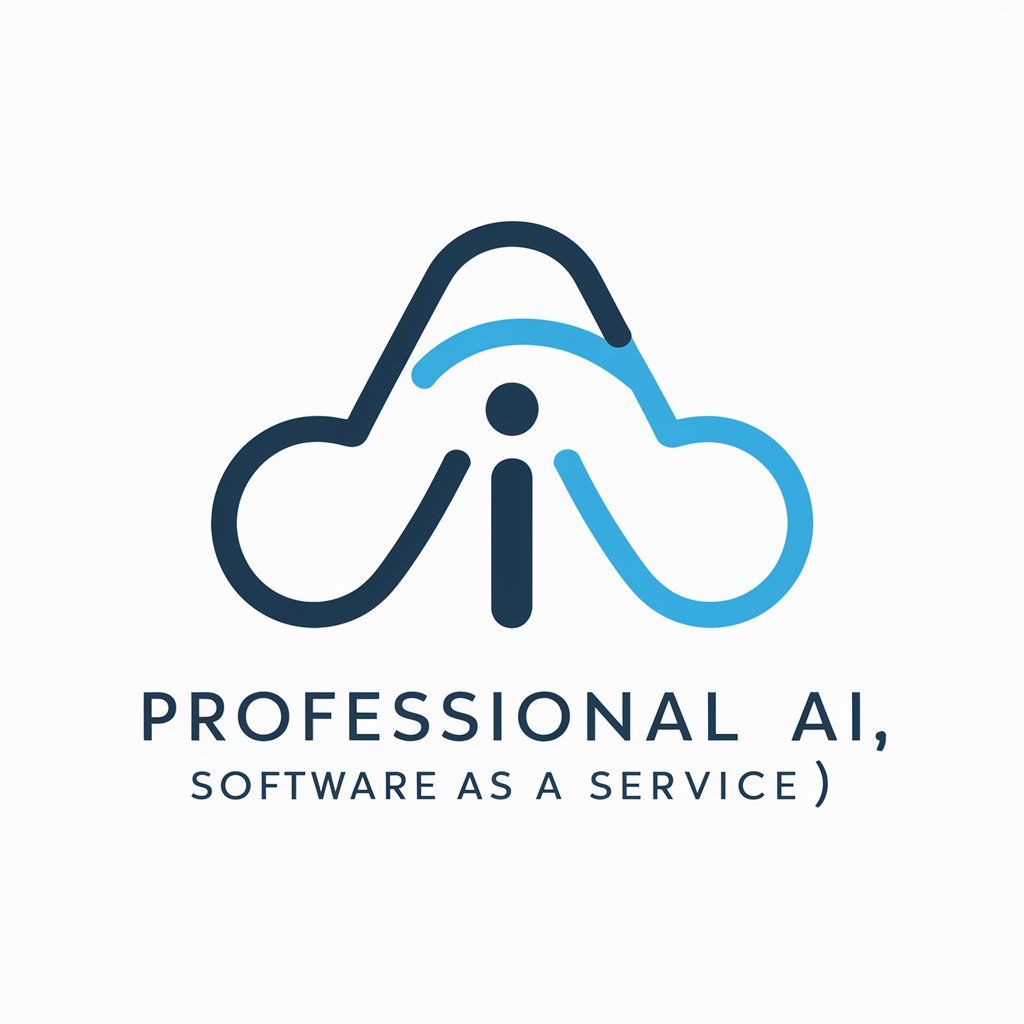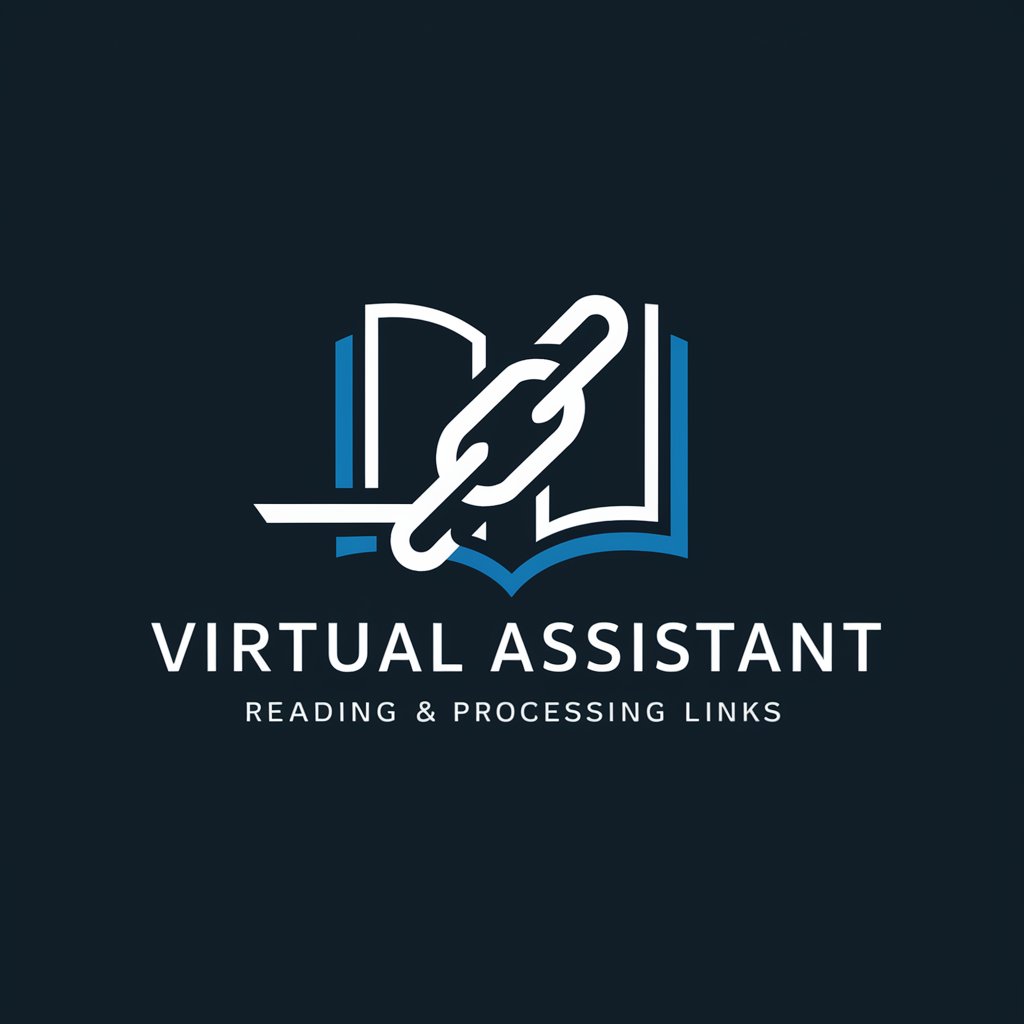SaaS - Easy SaaS Trial

Welcome! Let's explore the world of SaaS together.
Empowering with AI-driven Solutions
Explain the key benefits of adopting a SaaS model for businesses.
How does SaaS compare to traditional on-premises software solutions?
What are the emerging trends in the SaaS industry?
Discuss the potential challenges companies might face when implementing SaaS solutions.
Get Embed Code
Introduction to SaaS
Software as a Service (SaaS) is a cloud-based service model that allows users to access and use software applications over the Internet, rather than purchasing and installing them on individual computers or servers. This model is designed to provide a scalable, accessible, and cost-effective alternative to traditional software deployment. SaaS applications are hosted on a central platform and maintained by the service provider, ensuring that updates, security, and performance management are handled centrally. Examples of SaaS include Google Workspace, which offers a suite of productivity tools like Gmail, Docs, and Sheets, and Salesforce, a comprehensive customer relationship management (CRM) solution. These platforms illustrate the SaaS model's ability to provide versatile, on-demand software solutions that cater to a broad range of business and individual needs, from communication and collaboration to customer management and data analysis. Powered by ChatGPT-4o。

Main Functions of SaaS
Scalability
Example
Amazon Web Services (AWS)
Scenario
Businesses can scale their operations up or down without the need for significant upfront investments in infrastructure. AWS allows companies to adjust their usage based on current needs, offering a flexible, cost-effective solution.
Accessibility
Example
Dropbox
Scenario
Users can access files and collaborate from any device with an internet connection, enhancing productivity and flexibility in work practices. Dropbox exemplifies how SaaS provides a seamless experience across multiple devices, enabling efficient file sharing and collaboration.
Automatic Updates
Example
Microsoft 365
Scenario
Ensures that users always have access to the latest features, security patches, and updates without manual intervention. Microsoft 365 demonstrates the convenience of automatic updates, as users receive the newest software versions as soon as they're released, without downtime or additional costs.
Customization
Example
Salesforce
Scenario
Offers extensive customization options to fit specific business processes and needs. Salesforce allows businesses to tailor their CRM platform through custom fields, workflows, and interfaces, ensuring the software aligns with their unique requirements.
Ideal Users of SaaS Services
Small and Medium-sized Enterprises (SMEs)
SMEs benefit from SaaS due to its low entry cost and scalability, enabling them to access sophisticated software that would otherwise be unaffordable. The flexibility to scale services based on demand supports growth without the need for significant capital investment.
Remote and Distributed Teams
These teams rely on SaaS for collaboration and communication tools that are accessible from anywhere, facilitating seamless remote work. Platforms like Slack and Zoom are crucial for maintaining productivity and connectivity among team members who may be spread across different locations.
Enterprises Seeking Digital Transformation
Large organizations looking to modernize their IT infrastructure and operations can leverage SaaS to adopt innovative software solutions quickly and with lower risk. SaaS offers them the agility to experiment with new tools and technologies without the complexity of traditional software deployment.

How to Use SaaS: A Simple Guide
Start Your Journey
Visit yeschat.ai for a complimentary trial, bypassing the need for login and ChatGPT Plus subscriptions.
Explore Features
Navigate through the platform's features to understand its capabilities. Familiarize yourself with the interface and available tools.
Select a Service
Choose the service that best fits your needs, whether it's for business analytics, customer relationship management, or project management.
Customize Settings
Adjust the settings and preferences to suit your workflow. This might include setting up notifications, integrating with other tools, or customizing the dashboard.
Engage and Evaluate
Start using the service for your specific use case, such as team collaboration or data analysis. Regularly review the tool's performance and ROI.
Try other advanced and practical GPTs
Pitch Perfect Assistant
Craft Compelling Pitches with AI

Thyroid Cancer
Empowering Knowledge in Thyroid Health

Account Manager
Elevate Your Client Relationships with AI

Link reader
Unveiling Insights from the Web, Effortlessly

ALI WRITER
Crafting Your Ideas with AI Precision

Prompt Master
Elevate Your Creativity with AI

Guia NutriFit
Your AI Partner in Fitness Transformation

エンタープライズセールスの極意を教えてくれる井手さん
Mastering Sales with AI-Driven Omotenashi

תסריטים לקורס חונכים
Empower Your Teaching with AI

Ultimate Development Editor
Elevate Your Writing with AI

Vegan Recipes
Explore, cook, and enjoy vegan delights.

Poetry Streamer
Unlocking the Essence of Chinese Poetry with AI

Detailed Q&A on SaaS
What are the primary benefits of using SaaS?
SaaS offers scalability, cost-effectiveness, accessibility, and maintenance-free operations, enabling businesses to focus on core activities without worrying about software updates or infrastructure.
How does SaaS enhance team collaboration?
SaaS applications facilitate real-time communication and collaboration across different locations, allowing teams to share documents, manage projects, and track progress seamlessly.
Can SaaS solutions be customized for specific business needs?
Yes, many SaaS providers offer customizable solutions that can be tailored to meet unique business requirements, ensuring flexibility and scalability.
What security measures do SaaS providers typically implement?
SaaS providers often employ robust security measures, including data encryption, secure data centers, and compliance with industry standards to protect user data.
How does SaaS support remote work?
SaaS applications are accessible from anywhere with an internet connection, providing tools for communication, project management, and productivity, essential for remote work environments.
